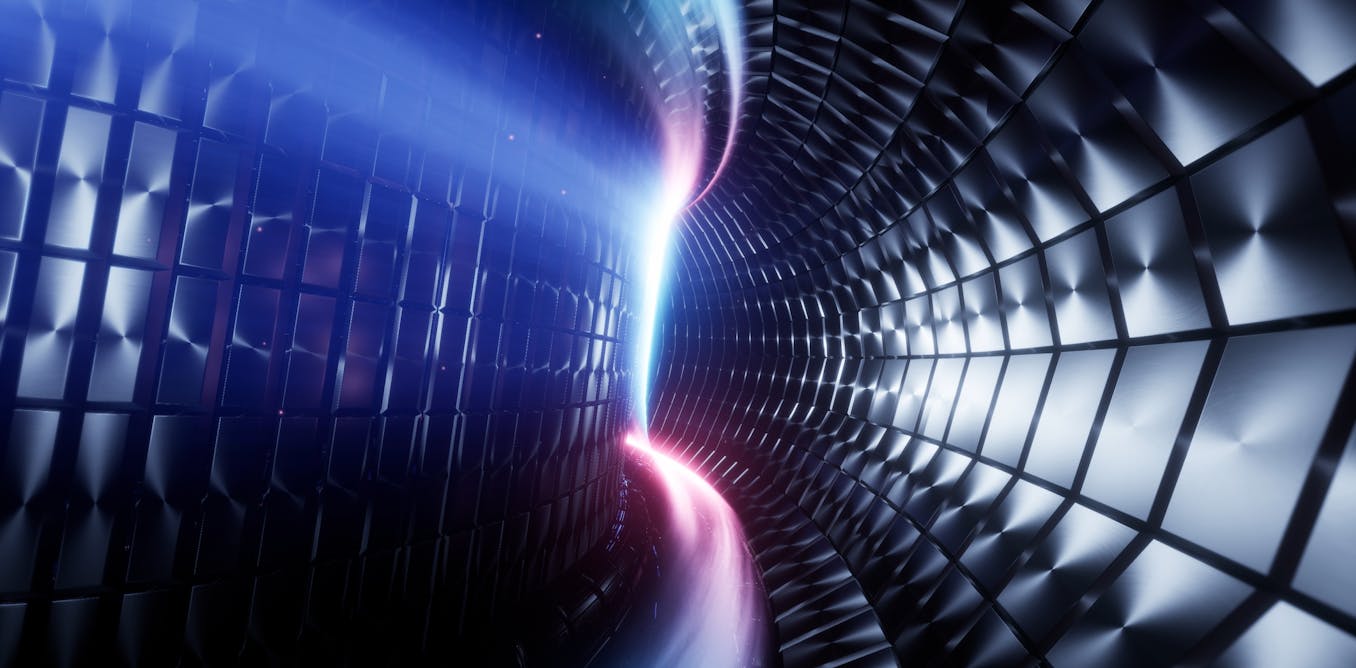nuclear power produces long-lived radioactive waste, which needs to be stored securely. Nuclear fuels, such as the element uranium (which needs to be mined), are finite, so the technology is not considered renewable. Renewable sources of energy, such as solar and wind power suffer from “intermittency”, meaning they do not consistently produce energy at all hours of the day.
fusion technologies have yet to produce sustained net energy output (more energy than is put in to run the reactor), let alone produce energy at the scale required to meet the growing demands of AI. Fusion will require many more technological developments before it can fulfil its promise of delivering power to the grid.



Your comment doesn’t stand up. It seems you’ve got something against fusion energy for some reason.
On cost: it’s a best guess, since we don’t yet have a working fusion reactor. The error bars on the cost estimates are huge, so while it is possible fusion will be more expensive, with current data you absolutely cannot guarantee it. Add to that the decreasing costs as the technology matures, like we’ve seen in wind and especially solar over recent decades.
On nuclear physics PhDs: that’s no different to any energy generation, you need dozens of experts to build and run any installation.
On waste: where are you getting this info on the blanket? The old beryllium blanket design has been replaced with tungsten and no longer needs to be replaced. The next step is to test a lithium blanket which will actually generate nuclear fuel as the reaction processes.
This is the important fact that you have omitted, for some reason.
And that is why it’s so important this technology is developed. It’s incredibly clean and, yes, limitless.
As for your advice, there was a time not long ago when we didn’t understand how to build fission plants either, and it cost a lot of time and money to learn how. I wonder if people back then were saying we should just stick to burning coal because we know how that works.